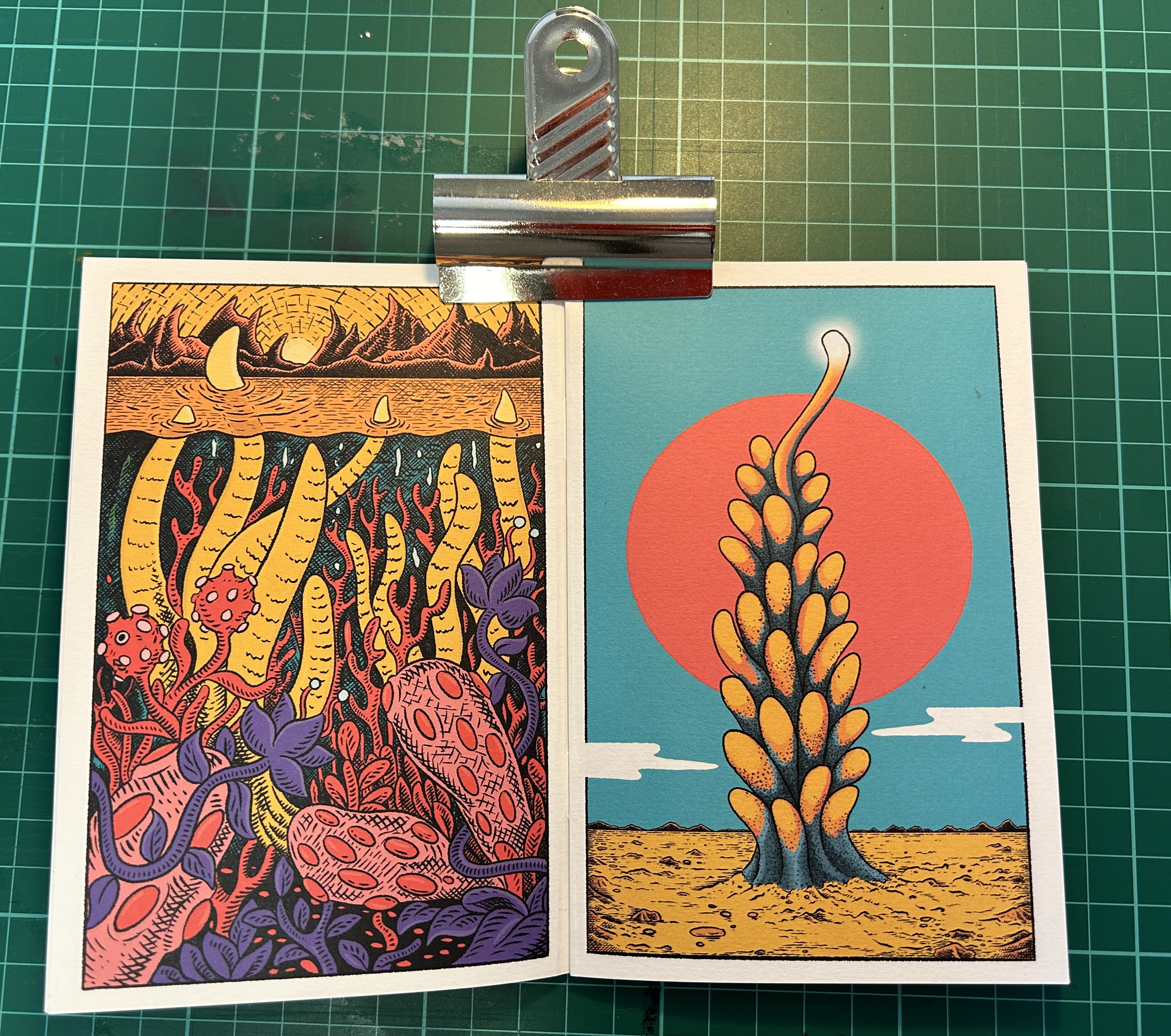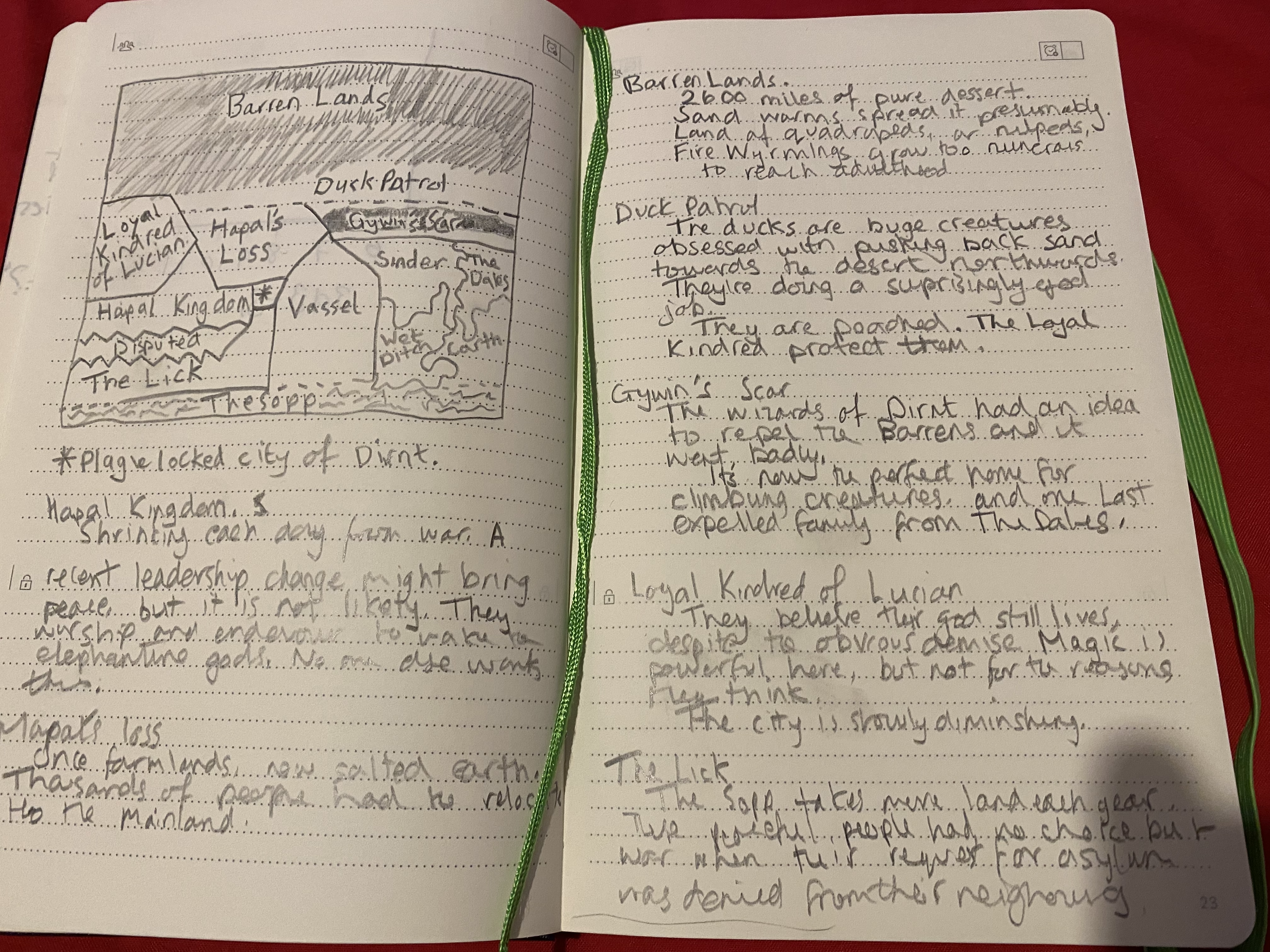The oceans have always been eyed up greedily by humankind. Transport by boat was crucial for emergence of empires and economies over the few hundred years, and remains so today. Shipping routes aren’t the only thing to be jostling for; what’s in (and under!) the oceans are crucial too, from oil to food.
Our jobs are much easier nowadays with fossil fuel powered, enormous ships, not to mention highly accurate maps and nautical equipment.
Maps aren’t new though. They are more prolific, but there are many maps we have of older civilizations. These maps, especially before 1300AD, show other issues with traveling through the inky green: dozens of sea monsters.
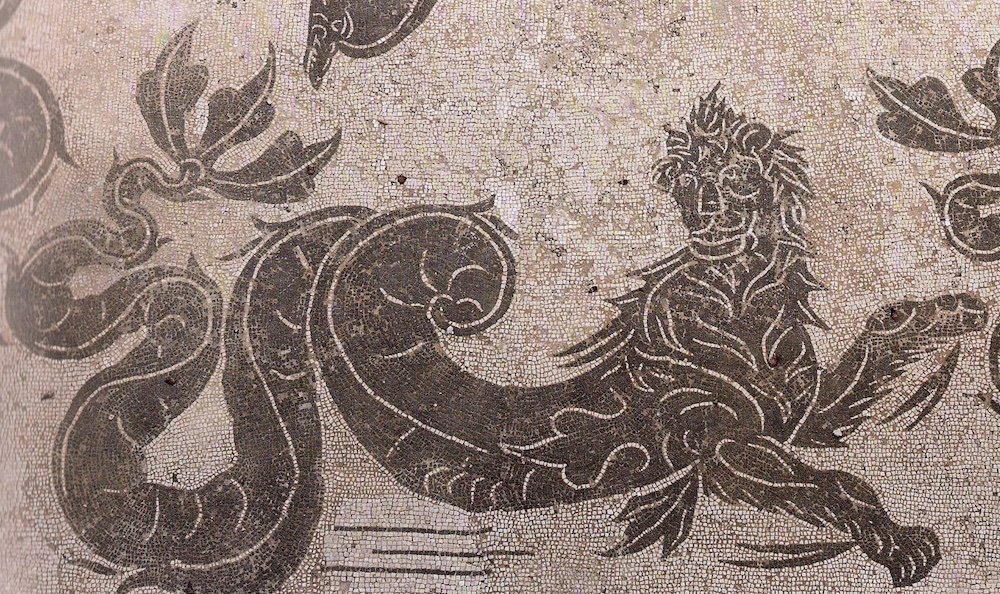
I’m reading Sea Monsters on Medieval and Renaissance Maps (Chet van Duzer) and couldn’t help but do a bit of world building here. The images in this blog post are scans of part of this book. (With hundreds more in the book!)
The creatures range from sea-pigs, to merfolk, to leviathans that could be mistaken for islands. In fact a common supposition was that “every land creature has an aquatic equal”. These creatures appear all over the world, corroborated on multiple maps. They were discussed in Green literature, known as “ketos”. Marco Polo in 1254 writes of spells needed by the pearl farmers which they incant to keep away the sea monsters.
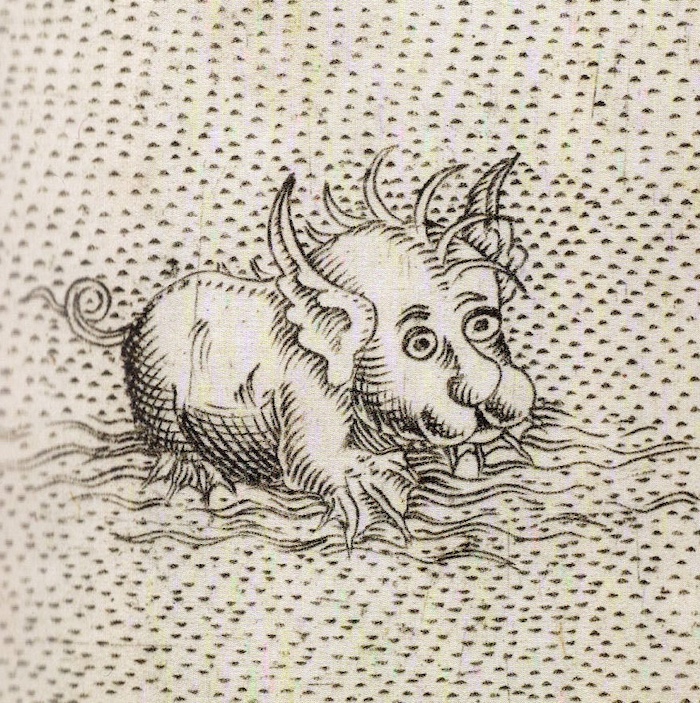
Then, quite suddenly, these warnings of sea monster being to disappear from new maps. Rare and rarer still throughout the 1500s, until today where maps are very dry. The oceans are empty of most nuisances, other than weather (which we’ve never really been able to tame). Not a winged sea dragon or a ichthyocentaur to be found.
What happened to them?
There is a place where these creatures can still be found, and witnessed quite safely by every person on Earth. Look up. What made the ketos disappear from our oceans and reappear as constellations?
Order of the Seraphic Seas
The Order existed for a few hundred years and then was dissolved once their job was completed. Their singular aim, given to them by the church and funded by vested merchants, was to tame the seas.
They did this, quietly and with great honor, by hunting the seas for “ungodly” creatures and extincting them by force. These paladins were efficient and thorough. As the might of man stood against the ketos, there was no doubt about the end of this road. The ketos would be wiped out.
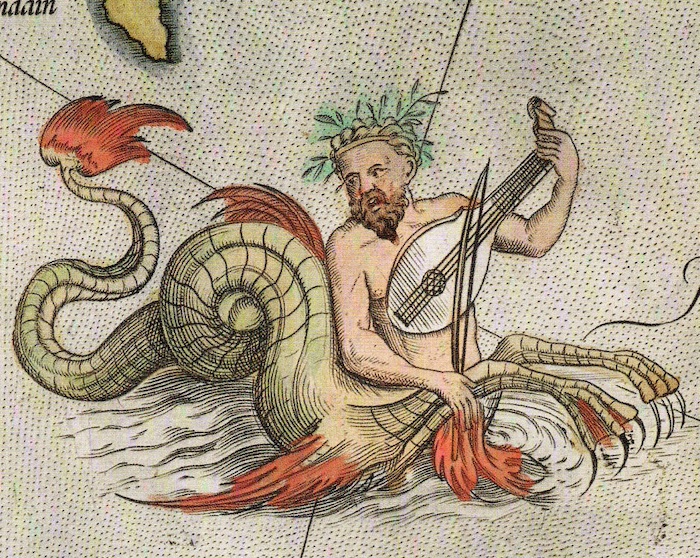
The smarter, more sentient of these creatures, made a deal with something for protection. Like Noah and his arc, the creatures who accepted the offer of help were swept away from their waters to safety.
They shelter in the cosmos now, their eyes glinting down at night, watching. Awaiting a return? Trapped in a pact they can’t escape?
Whatever they were doing, they were exterminated from the seas and so the job was done for the Order.
The Starchasers
But stars don’t always stay in the sky. “Tiny, harmless meteors,” we’re told. “Safely crashed into the ocean, causing no harm,” they say.
Some escape the hell they were confined to, in the maddening space between silence and dark. In their escape, they make a beeline for the place they once called home.
It’s possible before the Order that these creatures were aggressive only in protecting their home. Now though, centuries of abyssal torture has driven them mad and their fury is all they have left. Not only that, but the vile darkness has left its mark on them. Twisting them. Granting them unearthly strength.
With the Order gone, it falls to a much more ramshackle group to deal with the mess. (This is where the players come in!) The Starchasers hunt down these creatures – on land or at sea – to finish off the Sepharific duties of the Order.
I think this is a fine premise for a monster of the week style game, and you’ve got hundreds of ideas for bad guys from actual maps. And, of course, cryptids.
